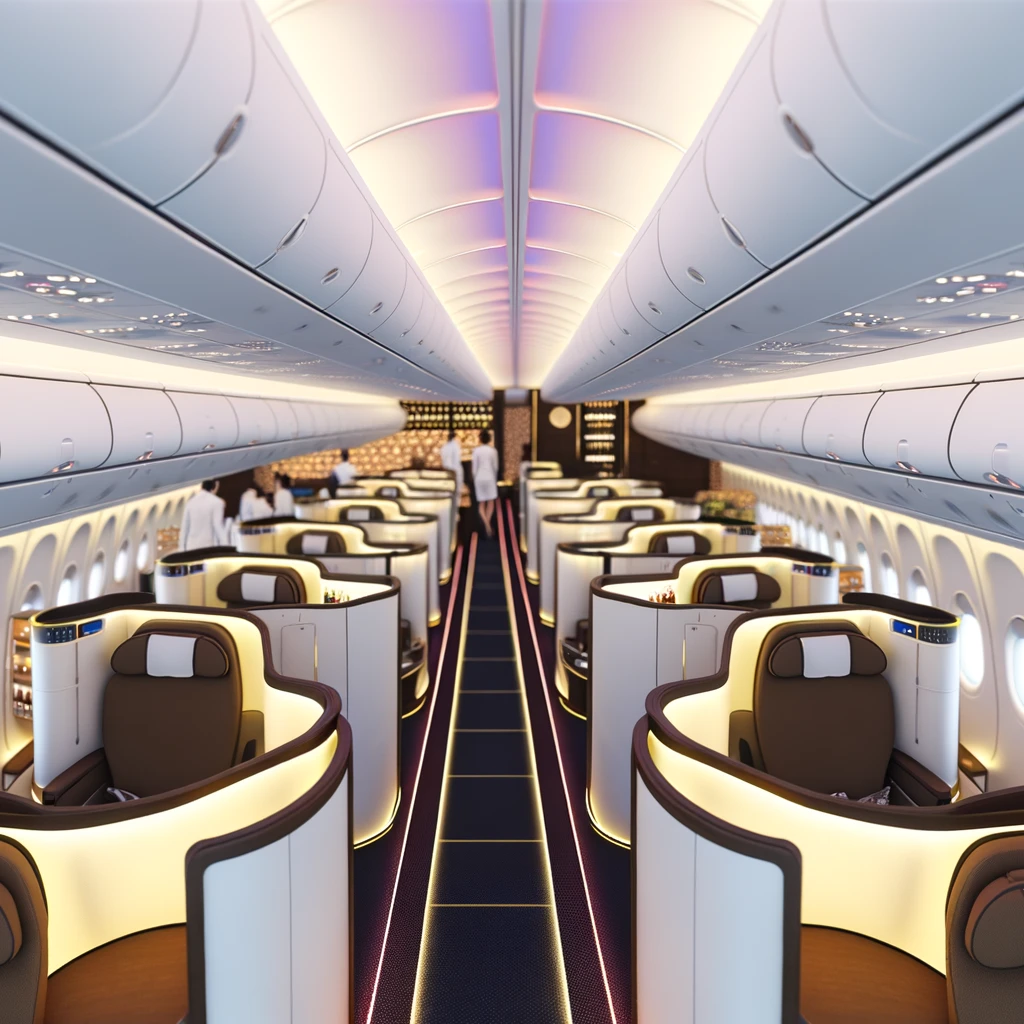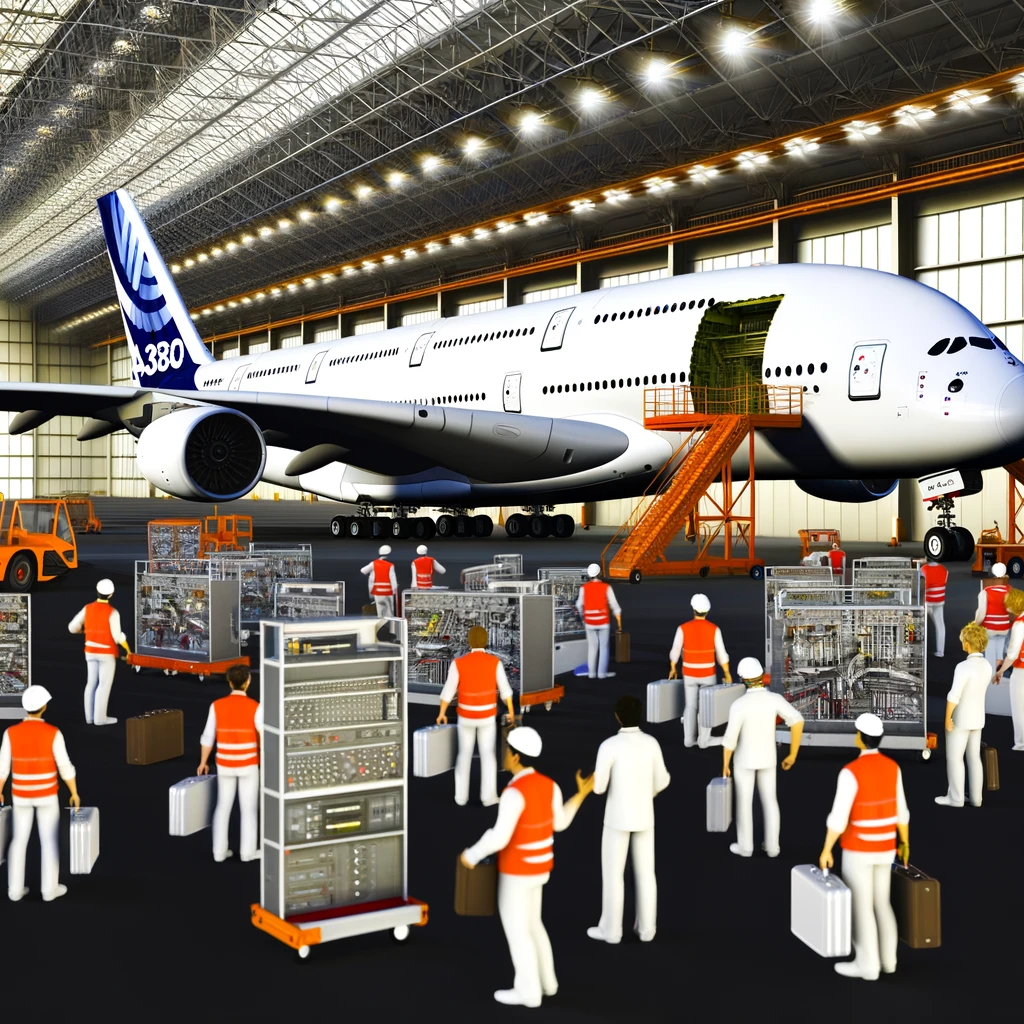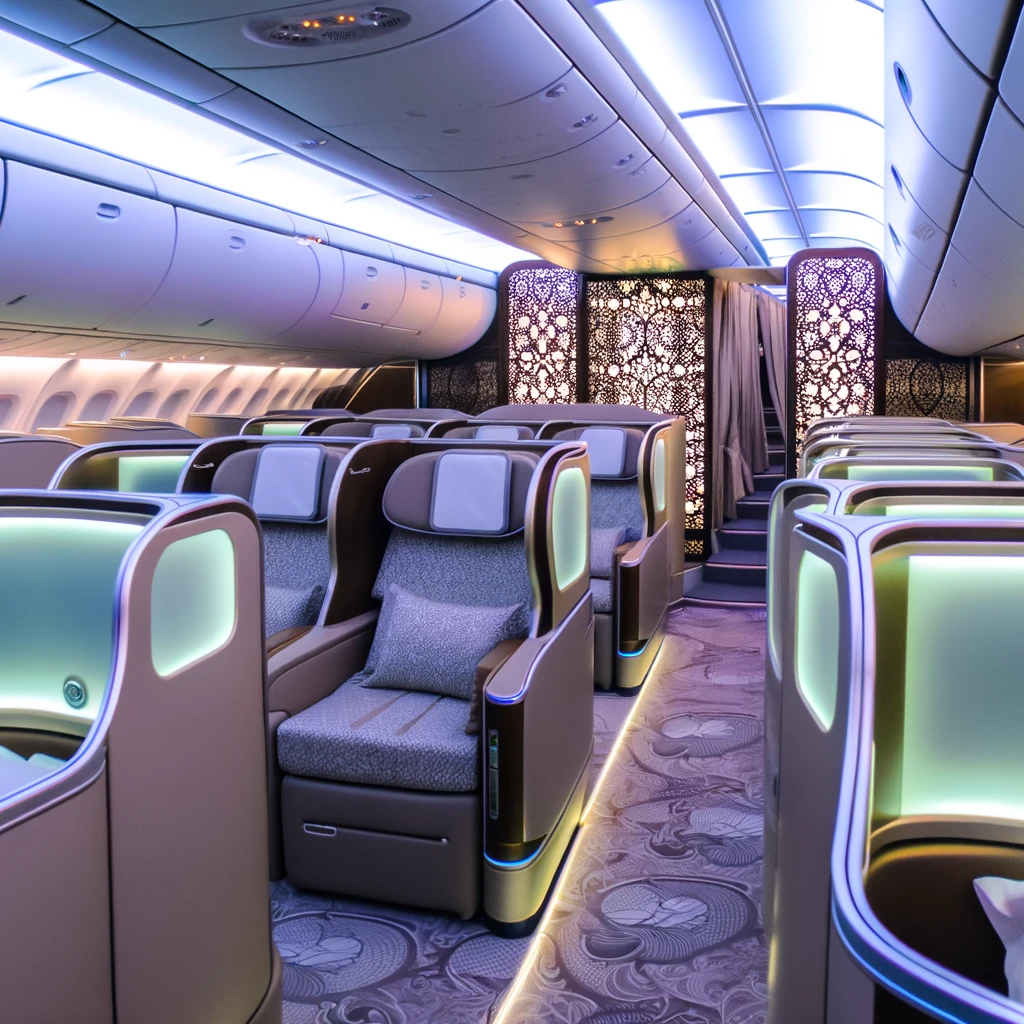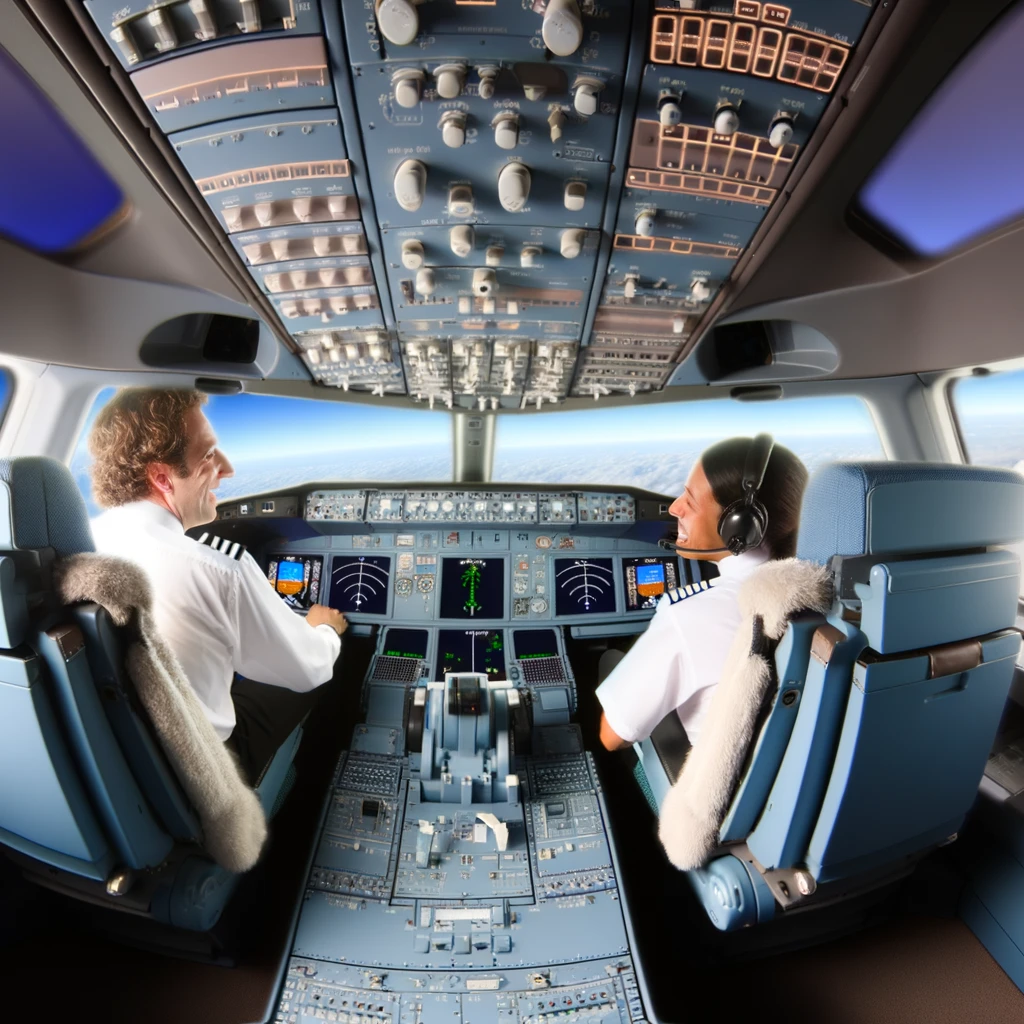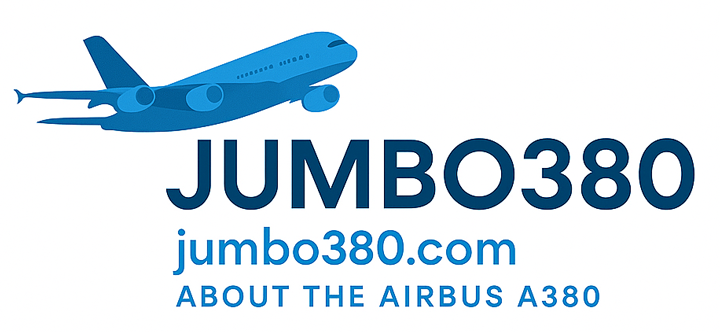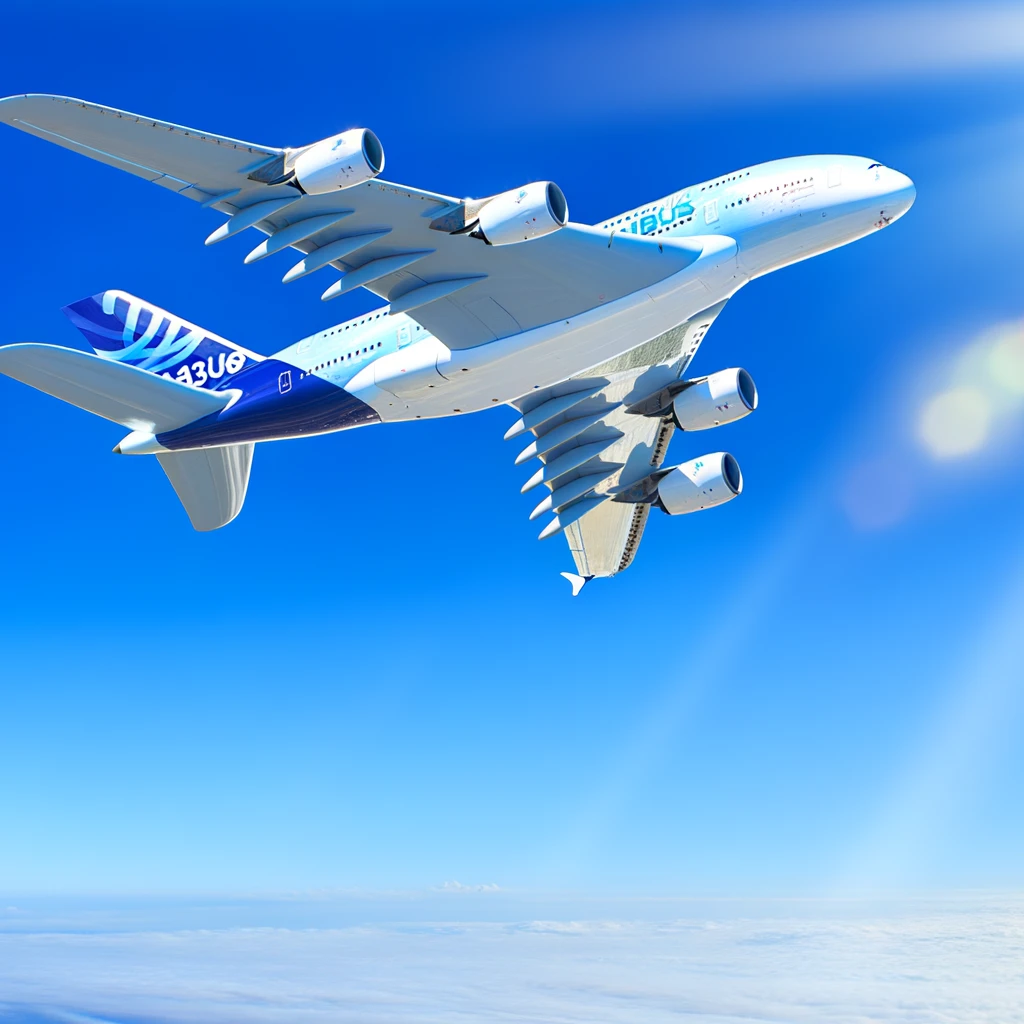
The Evolution of the Airbus A380: A Technological Marvel
The Airbus A380 stands as a monumental achievement in the realm of aviation. Known as the world's largest passenger airliner, the A380 has reshaped the way we perceive air travel, combining cutting-edge technology with unprecedented passenger comfort.
Inception and Development
The Airbus A380's journey began in the late 20th century, with its development officially launched in 1990. The vision was to create a superjumbo jet that could cater to the growing demand for air travel and provide an alternative to the Boeing 747. Airbus sought to push the boundaries of aviation technology, focusing on efficiency, capacity, and passenger experience.
Technological Innovations
The A380 introduced several groundbreaking technologies that have set new standards in the industry. Its four-engine configuration, made up of the Rolls-Royce Trent 900 or the Engine Alliance GP7200, offers remarkable thrust while maintaining fuel efficiency. The aircraft's composite materials and advanced aerodynamics contribute to reduced fuel consumption and lower emissions, aligning with global environmental goals.
Additionally, the A380's onboard systems, such as the fly-by-wire controls and advanced avionics, enhance safety and performance. The cockpit is equipped with state-of-the-art technology, allowing pilots to operate the aircraft with precision and ease.
Passenger Experience
Airbus designed the A380 with the passenger in mind, offering unprecedented levels of comfort and luxury. The aircraft can accommodate up to 850 passengers in an all-economy class configuration, though most airlines opt for a three-class layout with approximately 555 seats.
The spacious cabin allows for wider seats and more legroom, creating a comfortable travel environment. Innovations such as mood lighting and quieter cabins enhance the overall flying experience, making long-haul flights more pleasant for passengers.
A380's Impact on the Aviation Industry
The introduction of the Airbus A380 has had a significant impact on the aviation industry. Its ability to transport large numbers of passengers efficiently has led to changes in airport infrastructure, with many major airports upgrading facilities to accommodate the superjumbo.
Moreover, the A380 has prompted airlines to rethink their fleet strategies, leading to a focus on larger, more efficient aircraft for high-traffic routes. This shift has also influenced competitors, spurring innovation and advancements in aircraft design.
Challenges and Future Prospects
Despite its technological prowess, the A380 has faced challenges, particularly in terms of sales. The high production and operational costs have led some airlines to reconsider their investment in the aircraft. In 2021, Airbus announced the end of the A380 program, marking the end of an era.
However, the legacy of the A380 continues to influence aircraft design and development. Lessons learned from its construction and operation are being applied to new projects, ensuring that the spirit of innovation that drove its creation lives on.
Conclusion
The Airbus A380 remains a symbol of technological achievement in aviation. Its evolution reflects the dynamic nature of the industry, balancing innovation with practical challenges. As we look to the future, the A380's story serves as a reminder of what is possible when vision and technology come together.
Related Articles
